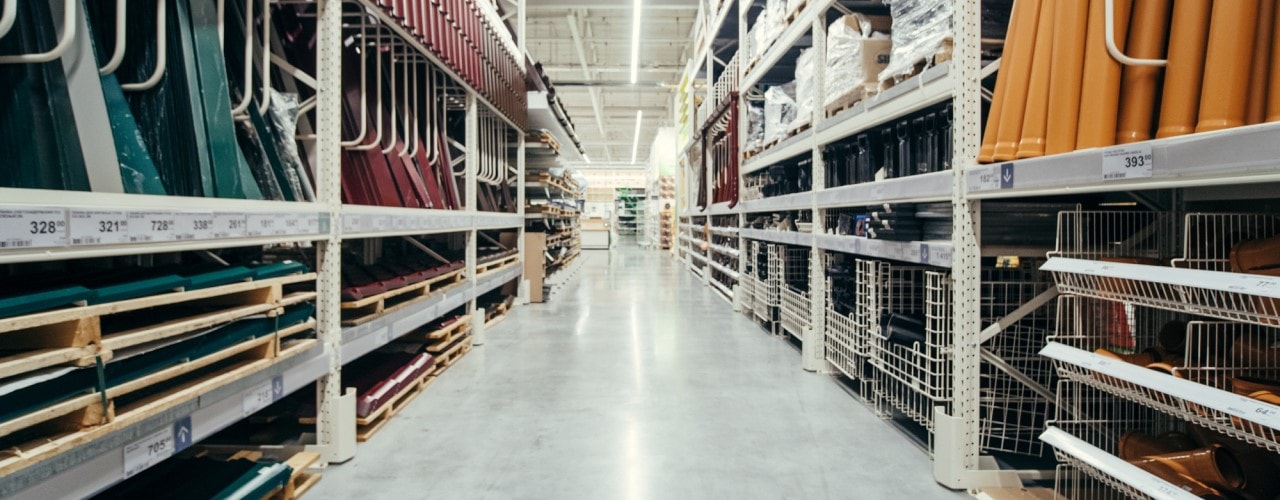Our top tips for greater warehouse optimisation
There are many reasons why you might be looking to optimise warehouse operations, from reducing costs to finding new ways to meet an increase in demand. Most operations can be optimised to increase capacity by at least 50% with the right approach and some key investment. If optimisation is a goal for your business this year then these are our key tips for ensuring that you achieve it.
- Ask for input. When it comes to finding ways to improve operational efficiency or meet greater demand your staff are a fantastic resource. They will know where issues and obstacles currently exist and may also have suggestions to make with respect to how best to overcome them.
- Make a plan. Once you’ve got feedback from staff and identified the goals for any optimisation process the next stage is planning. This will necessarily involve sorting through the feedback you’ve received to ensure you’re focusing on what is relevant as well as identifying the current processes in use at your premises, your goals and what resources you have available.
- How can you make the most of existing space? A lack of space is often the issue but you can frequently find more without paying for it. Vertical space, for example, is regularly underused in warehouses – adding a mezzanine or vertical storage or shelving could provide a simple way to get more from the areas that you currently have access to.
- This includes dead space. Every warehouse has areas that are being underutilised or space that is currently ignored. Where do these spots exist in your premises and what could you do to use them to help with overall optimisation? This could be something as simple as adding storage to the space above loading areas.
- Work out whether your processes are fit for purpose. There has been a lot of change in the warehouse industry in recent years. Online shopping and an increase in smaller, more frequent orders has created new challenges that require a much more multi-level approach. When you’re considering updating existing systems make sure that the changes you’re making are directly suited to the needs of your business so that it’s fit for purpose.
- Scheduling should be optimised too. Do you know when the peaks and troughs are for your business? Is your people management supporting overall optimisation? If you have staff sitting around during quiet times but it’s tough to cope with peak demand, better staff management could contribute to improving overall efficiency.
- Are your agreements with your suppliers working for the business? In particular, when you look in detail at the figures are you happy with calculations such as the net margin and total cost of supply?
There are many different ways to optimise your existing warehouse operations, from reviewing the way you use space to reassessing relationships with staff and suppliers. All will contribute to making your business more effective and efficient overall, and helping to drive it towards its goals.

Leave a comment